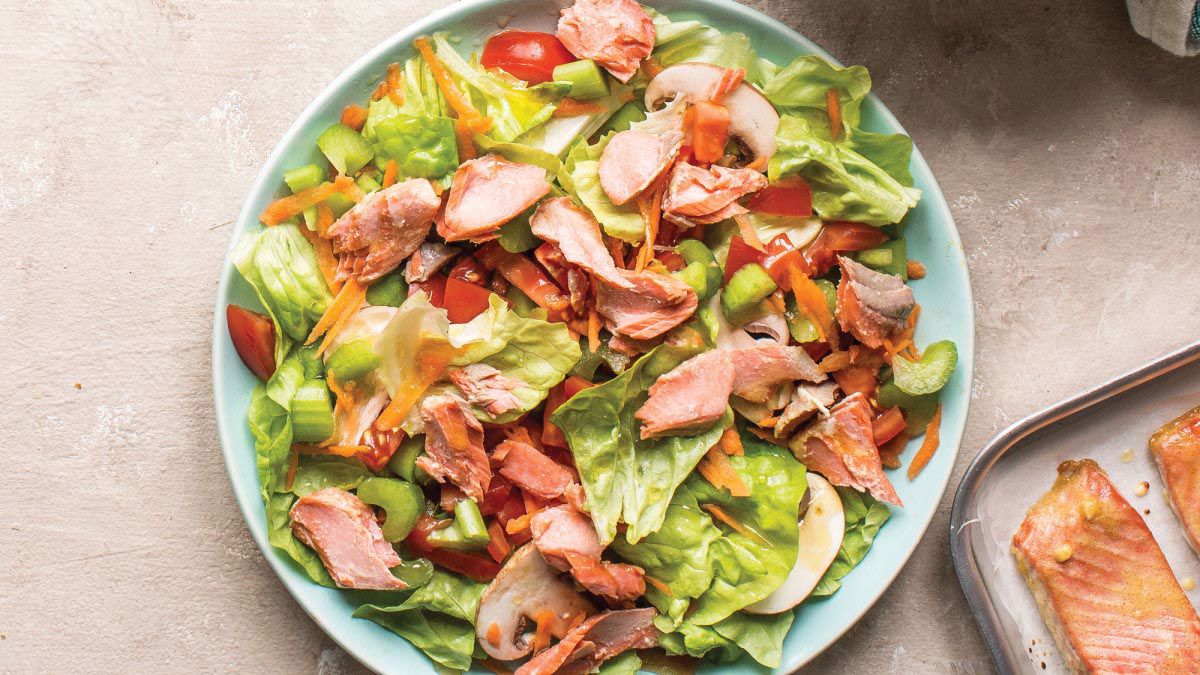One of the best parts of international exploration is diving into new cuisines that entice and challenge our palate. While many areas of the world adhere to strict measures in food safety and saving water, it's important to know what the standards for food safety are when traveling to a new place.
Being raised on a particular diet can make anyone's stomach intolerant of different cuisines and food norms. It's important to note that the food we eat at home isn't necessarily "safer" than food abroad; rather, its that your body simply isn't accustomed to other foods. In your efforts to avoid "travelers tummy," there are certain things to watch out for to ensure a safe and healthy trip.
Know Before You Go
You may have heard the traveler’s mantra: “Cook it, wash it, peel it or forget it.” Those general guidelines can help prevent kind of food-and-waterborne illness that will put a damper on any trip. The populations most at risk for these illnesses are the pregnant, the elderly and those with weakened immune systems but foreign cuisines can be rough on even the healthiest travelers.
The Center for Disease Control has a fantastic resource for determining whether the country you're visiting has food and water safety standards similar to the United States. Choose the country you're going to and then expand the "stay healthy and safe" portion to read the "eat and drink safely" section.
If water quality is a problem, you should avoid tap water unless you use a high-quality filter or filtration tablets. Bottled water is often sealed for your protection and sparkling water is often safer because the bubbles are proof of being sealed at the factory. We highly encourage you to avoid using single-use plastic bottles. Instead, purchase large bottles of water (gallon or more) and use that to refill your personal reusable water bottle. While this still uses plastic, it lowers the amount of plastic used while still protecting your health.
Food Safety
Similar safety tactics can be used for food when you travel. In order to avoid bacteria such as salmonella, make sure your food is cooked thoroughly and served hot. Buffet food that has sat out for a while can attract bacteria. In addition, be mindful of any seafood you eat as it can contain unwanted contaminants. While shellfish is best avoided, small fish is often safe.
Dairy is another food category with which to practice caution- and yes, that even means drinking your coffee black! Anything unpasteurized, such as cheese or yogurt, could be harmful. If you’re eating out, it’s better to be on the safe side by either asking your server or choosing something else.
However, nuts and other shelled foods are generally safe. Almost anything served in a shell is generally a good choice because you know it most likely wasn’t contaminated.
Still curious? Check out the graphic below for an easy-to-use guide on what's risky and what's safe in the world of foreign food exploration.
https://s3-us-west-2.amazonaws.com/ax-ig/TravelersGuideSafeFoodWater.png



